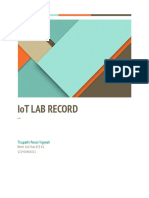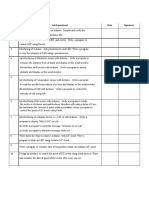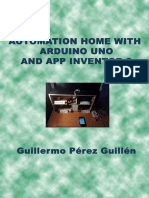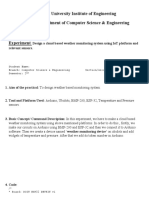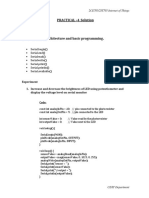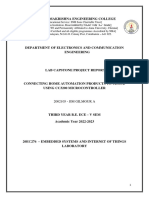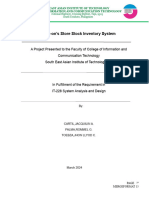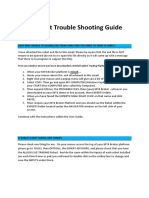0% found this document useful (0 votes)
8 views38 pagesIOT Lab File
The document outlines a lab file for a course on Cloud Based Internet of Things Systems, detailing various experiments involving Arduino and IoT applications. It includes objectives, circuit diagrams, and code for experiments such as home automation, waste management, and weather display systems. The lab file is structured with an index, student details, and a grading system for practical assessments.
Uploaded by
itsme770011Copyright
© © All Rights Reserved
We take content rights seriously. If you suspect this is your content, claim it here.
Available Formats
Download as PDF, TXT or read online on Scribd
0% found this document useful (0 votes)
8 views38 pagesIOT Lab File
The document outlines a lab file for a course on Cloud Based Internet of Things Systems, detailing various experiments involving Arduino and IoT applications. It includes objectives, circuit diagrams, and code for experiments such as home automation, waste management, and weather display systems. The lab file is structured with an index, student details, and a grading system for practical assessments.
Uploaded by
itsme770011Copyright
© © All Rights Reserved
We take content rights seriously. If you suspect this is your content, claim it here.
Available Formats
Download as PDF, TXT or read online on Scribd
/ 38





